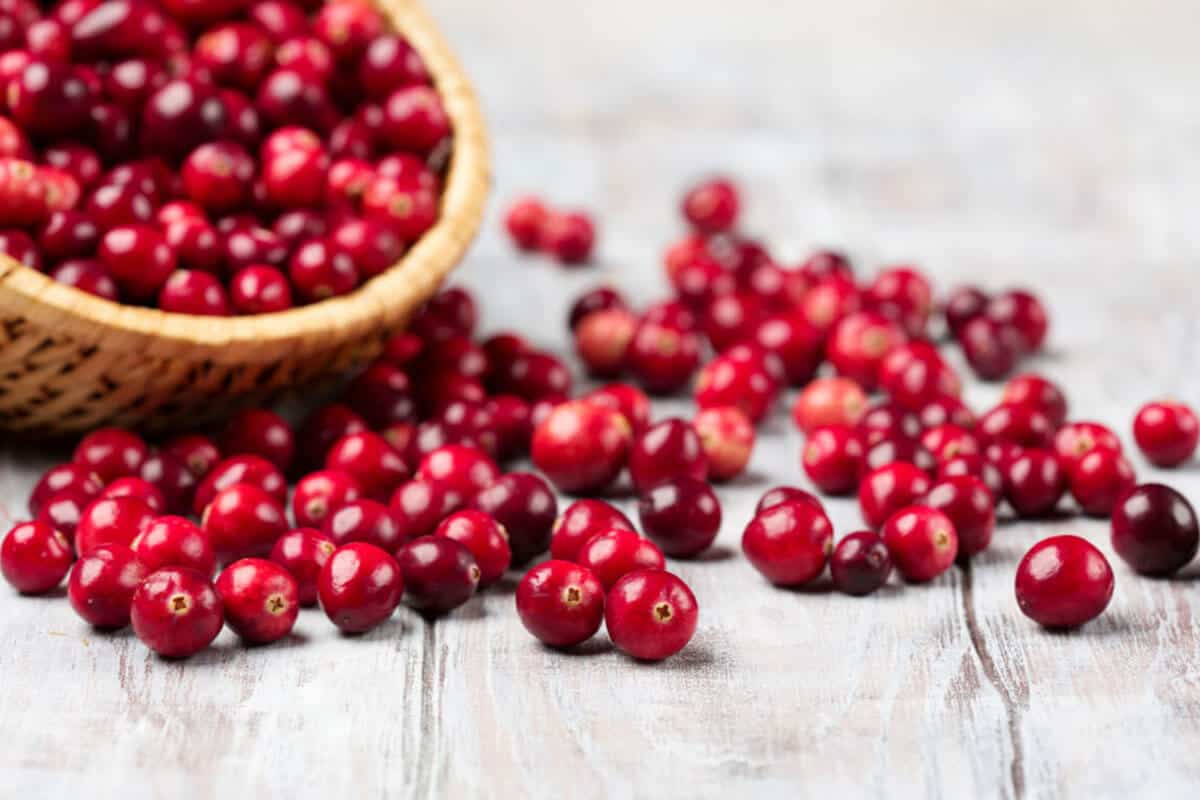
Females are more likely than males to develop a kidney infection. (5)
Risk factors for kidney infections
Are you at risk of a kidney infection? There are many factors that have been shown to increase your risk, including:- Catheter use
- Enlarged prostate
- Pregnancy
- Problems emptying your bladder completely (e.g., urinary tract obstruction)
- Sex: females are at a greater risk
- Stress incontinence
- Type 1 and type 2 diabetes
- Vesicoureteral reflux, a condition that causes urine to flow backward
- Weakened immune system (2)(5)
Did you know? One in five women will experience at least one bladder infection in their lifetime. Left untreated, the infection can travel to the kidneys via two tubes called ureters and cause a more serious infection. (16)

Know the signs of a kidney infection and practice prevention to lower your risk.
Signs of kidney infections
Recognizing a kidney infection can help you seek medical attention early and prevent serious complications. The signs and symptoms of a kidney infection include:- Bad odor or cloudy urine
- Burning sensation while urinating
- Chills
- Fever
- Frequent urination
- Nausea or vomiting
- Pain in the abdomen, back, groin, or side
- Pus or blood in the urine (13)
7 Ways to prevent a kidney infection
If you suspect you’re suffering from a kidney infection, it’s important to seek medical care as soon as possible. You should also check in with your practitioner if you experience recurring bladder infections or a bladder infection that isn’t getting better with treatment. Both of these scenarios can increase your odds of developing a kidney infection. (14)(15) There are a number of simple ways to prevent kidney infections. As a bonus, the following tips can also improve your kidney health naturally.1. Drink plenty of water
Drinking an adequate amount of water helps to produce more urine, which aids in flushing out any infection-causing bacteria that may be present in the urinary tract. Making sure you’re well-hydrated can also reduce your risk of developing kidney stones. (10)
Cranberries contain powerful anti-adhesion compounds that may help to prevent bacteria from sticking to cells and tissues in the urinary tract.
2. Add some cranberry
Cranberries are a well-known home remedy for UTIs thanks to their ability to prevent bacteria from sticking to cells in the urinary tract. Studies show that unsweetened cranberry juice or cranberry capsules can help prevent UTIs. One randomized, double-blind study of 160 hospital patients found that cranberry juice capsules lowered the risk of UTIs by 50%. Among those taking the capsules—which equaled two eight-ounce servings of cranberry juice—only 19% of patients developed a UTI compared to 38% in the placebo group. (11)(18)Did you know? Research suggests that drinking the cranberry juice cocktail typically found in your supermarket, which contains only about 27% juice along with sugar and water, isn’t very effective for preventing UTIs. (4) For a more effective option, look for a pure, unsweetened juice rich in flavonoids or opt for cranberry capsules.
3. Don’t use feminine hygiene sprays or douches
Scented products of any sort can irritate vaginal and urethral tissues, including feminine hygiene sprays, body powders, tampons, and sanitary pads. Douches are especially problematic because they strip away beneficial bacteria within the vagina, creating an ideal environment for a bacterial infection. (6) The downside of using these products was shown in a recent study that appeared in the journal BMC Women’s Health. Douches and other types of intimate cleansers were linked with a 3.5 times greater risk of bacterial infection and a 2.5 times higher risk of developing a UTI. The use of intimate wipes was also correlated with a two-fold higher risk of developing a UTI. (6)4. Urinate when you have to
Holding your urine allows bacteria circulating in the bladder to grow and cause an infection. Urinating as needed helps flush the bacteria out of your bladder and urethra as often as possible. Go to the bathroom as soon as you feel the need and be sure to empty your bladder completely. (1)5. Urinate immediately after sex
Urinating right after intercourse may help flush bacteria and other microbes out of the urinary tract. After urinating, gently clean the genitals using plain water. (3)6. Always wipe from front to back
After urinating, reach behind your buttocks and wipe from the front of the vagina to the back. When you are finished, take a separate piece of toilet paper to clean the anus, starting at the perineum (the space between the vagina and anus) and wiping back between your buttocks. Doing so prevents introducing bacteria from the anus to the vagina. (17)7. Wear cotton underwear and avoid tight clothing
Synthetic fabrics can trap moisture and create the perfect breeding ground for infection. If you are a woman who is prone to UTIs, wear cotton underwear and loose-fitting bottoms to allow air to circulate. (8)The bottom line
Kidney infection can be a serious, potentially deadly complication arising from an all too common bladder infection. Employing a healthy dose of prevention, like the strategies above, may help you avert both bladder and kidney infections before they take hold.- Al-Badr, A. & Al-Shaikh, G. (2013). Recurrent urinary tract infections management in women: A review. Sultan Qaboos Univ Med J, 13(3), 359-67.
- American Kidney Fund. (2021). Kidney infection – Symptoms, treatment and prevention. https://www.kidneyfund.org/kidney-disease/kidney-problems/kidney-infection.html#who_gets_kidney_infections
- Badran, Y. A., El-Kashef, T. A., Abdelaziz, A. S., & Ali, M. M. (2015). Impact of genital hygiene and sexual activity on urinary tract infection during pregnancy. Urology Annals, 7(4), 478–481.
- Barbosa-Cesnik, C., Brown, M.B., Buxton, M., Zhang, L., DeBusscher, J., & Foxman, B. (2011) Cranberry juice fails to prevent recurrent urinary tract infection: Results from a randomized placebo-controlled trial. Clin Infect Dis, 52(1), 23-30.
- Bethel, J. (2013). Acute pyelonephritis: Risk factors, diagnosis and treatment. Nursing Standard, 27, 51-6.
- Crann, S.E., Cunningham, S., Albert, A., Money, D.M., & O’Doherty, K.C. (2018). Vaginal health and hygiene practices and product use in Canada: A national cross-sectional survey. BCM Women’s Health, 18, 52.
- Czaja, C.A., Scholes, D., Hooton, T.M., & Stamm, W.E. (2007). Population-based epidemiologic analysis of acute pyelonephritis. Clin Infect Dis, 45(3), 273-80.
- Dimetry, S.R., El-Tokhy, H.M., Abdo, N.M., Ebrahim, M.A., & Eissa, M. (2007). Urinary tract infection and adverse outcome of pregnancy. J Egypt Public Health Assoc, 82(3-4), 203-18.
- European Association of Urology. (2015). Guidelines on urological infections. https://uroweb.org/wp-content/uploads/19-Urological-infections_LR2.pdf
- Feehally, J. & Khosravi, M. (2015). Effects of acute and chronic hypohydration on kidney health and function. Nutr Rev, 73(Suppl2), 110-9.
- Foxman, B., Cronenwett, A. E., Spino, C., Berger, M. B., & Morgan, D. M. (2015). Cranberry juice capsules and urinary tract infection after surgery: results of a randomized trial. American Journal of Obstetrics and Gynecology, 213(2), 194.e1–194.e1948.
- Hsiao, C. Y., Yang, H. Y., Chang, C. H., Lin, H. L., Wu, C. Y., Hsiao, M. C., Hung, P., H., Liu, S. H., Weng, C. H., Lee, C. C., Yen, T. H., Chen, Y. C., & Wu, T. C. (2015). Risk Factors for Development of Septic Shock in Patients with Urinary Tract Infection. BioMed research international, 2015, 717094. https://doi.org/10.1155/2015/717094
- Keenan, D.B., O’Rourke, D.M., & Courney, A.E. (2017). Pyelonephritis can lead to life-threatening complications. Practitioner, 261(1801), 17-20.
- National Institute of Diabetes and Digestive and Kidney Diseases. (2017). Symptoms & causes of kidney infection (pyelonephritis). https://www.niddk.nih.gov/health-information/urologic-diseases/kidney-infection-pyelonephritis/symptoms-causes
- National Kidney Foundation. (2014). Infectious disease and your kidneys. https://www.kidney.org/news/kidneyCare/fall10/InfectiousDisease
- National Kidney Foundation. (n.d.). Top 10 things to know about urinary tract infections. https://www.kidney.org/transplantation/transaction/TC/winter11/TCwinter11_UTI
- Persad, S., Watermeyer, S., Griffiths, A., Cherian, B., & Evans, J. (2006). Association between urinary tract infection and postmicturition wiping habit. Acta Obstet Gynecol Scand, 85(11), 1395-6.
- Raz, R., Chazan, B., & Dan, M. (2004). Cranberry juice and urinary tract infection. Clin Infect Dis, 38, 1413-9.
- Shields, J. & Maxwell, A.P. (2010). Acute pyelonephritis can have serious complications. Practitioner, 254(1728): 19,21,23-4,2.
